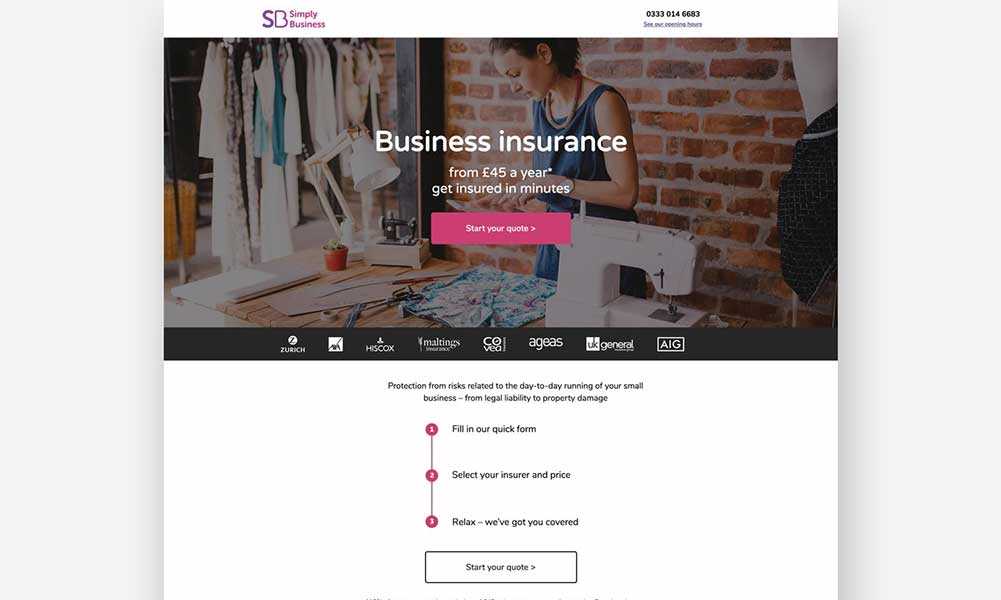
20 Dec 10 Key Elements of a Marketing-Friendly Website
10 Key Elements of a Marketing-Friendly Website
When it comes to web design, most businesses will want the biggest, flashiest, and most grandiose website.
They want sliders, they want animations, they want it to be something that no one has ever seen out there.
This is a mistake for more than one reason, but most importantly, because it doesn’t convert.
When you build a website, you want to be the perfect blend of aesthetics and function, not just something that is a visual art form.
The last thing you want to be is abstract.
Why Marketing-Friendly Website Design is Important

When designing a website, keeping marketing in mind is essential. Let’s discuss why before we jump into how to do it.
Reputation
Your website is the face of your business online. If you’re doing any kind of digital marketing, chances are more people run into your business digitally than in any other way.
Given that, this is how your customers will judge your website, and if it doesn’t hit the mark, you will lose their interest to a competitor who was more diligent with creating a consumer-friendly layout.
Revenue
One of the biggest reasons to pursue a marketing-friendly website design is that quite simply, it will cost you money if you don’t.
Focusing on marketing when designing your site will help you convert more visitors to customers.
Every per cent difference in your conversion rate can mean a massive difference to your bottom line.
Referral
Word of mouth works online the same it works in the real world, the difference being in the potential to scale.
While in the real world, one person may tell two, online one person can tell thousands.
If you build a marketing-friendly website, you increase the likelihood that it is shared online and that more visitors will find their way to you via referrals from blogs or social media platforms.
This has the dual benefit of driving traffic and helping you with your SEO.
The 10 Elements of a Marketing-Friendly Website
Now that you know why it is essential, let’s talk about what your web design should focus on to hit on all marketing marketers.
1 – Aesthetically Pleasing
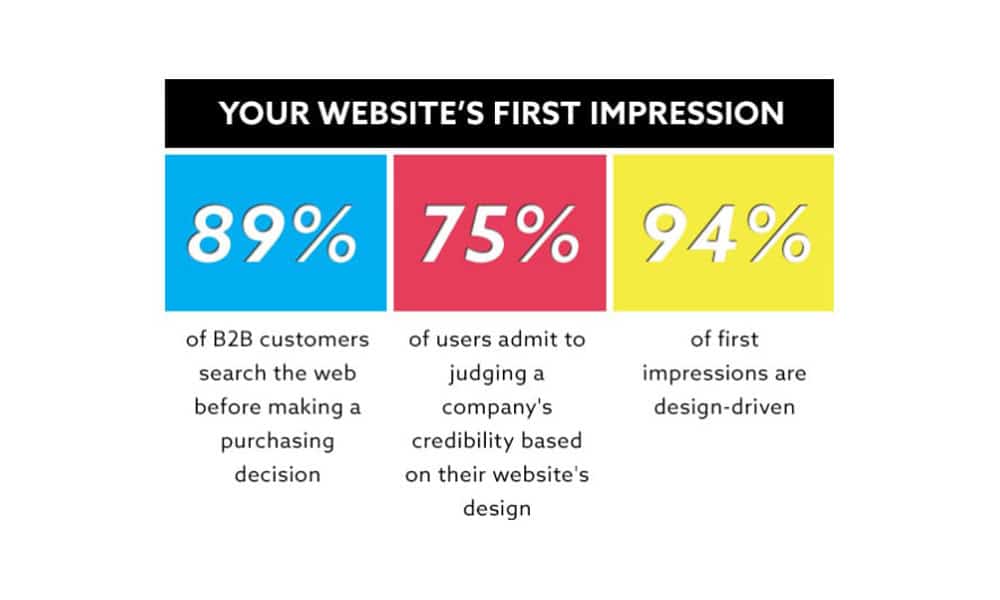
One thing that marketers forget that designers know, is that people like to see beautiful things.
Where the two meets are that an aesthetically pleasing website, that is marketing-friendly.
According to “The Conversion Code”, in one case study where women participants were asked to gauge their trust for websites, 94% of them cited design as the main reason they would quickly mistrust a site.
This is a huge revelation to put in the extra effort on knowing your website looks.
When the website looks like many resources were poured into it, the more like your visitors are going to think that you are a reputable business.
2 – Has a Clear Navigation
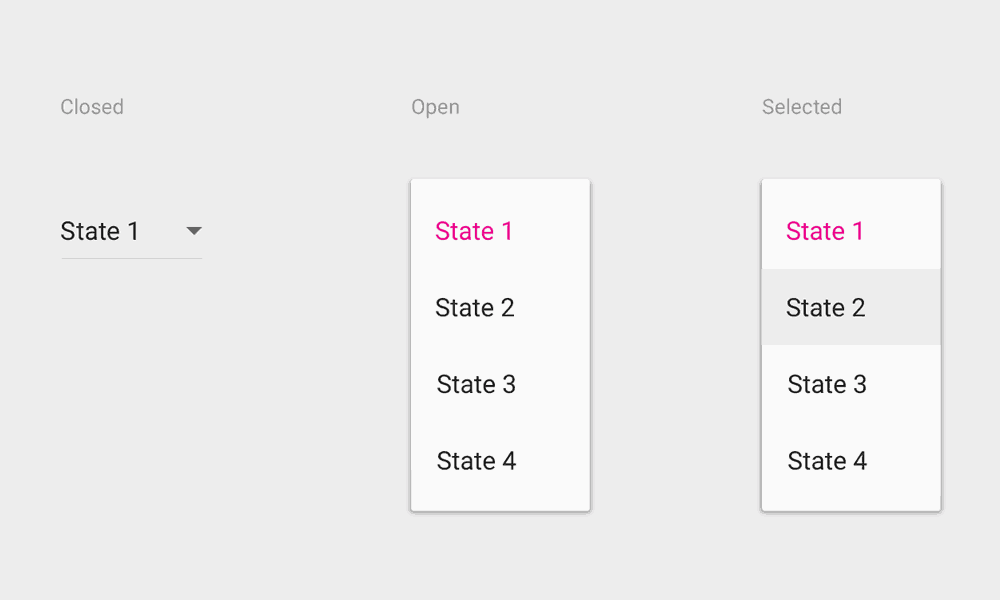
It’s highly unlikely that when visitors come to your website, they will only interact with one page.
Most people get to your website and want to learn more about you.
They may hit your about page, visit your home page, and try to learn as much as they can before making the decision.
The problem with this is once people start diving their way into your website, they need to be aware of where they are and how to make a business decision once they get all the info they need.
If there isn’t a clear path back, or at the least, to make contact within your website, then you may be losing out on a ton of your business.
Make sure that the navigation on your website is clear and sticks to the point.
Many websites add a ton of dropdowns and menu items which makes it challenging to determine which pages are the most important.
Leave your navigation with the essentials and don’t confuse your visitors.
3 – Each Page Has a Clear Purpose

This can’t be stated enough. The one thing you want to avoid is the building of topics and pages into one.
Make sure each page focuses on only one thing.
This is good for both the visitor to have a clear understanding of what they are looking at, and for search engines to know what keyword this webpage is trying to target.
The more options you have on the page, the more likely the customer will have decision paralysis or want to learn more, somewhere else.
To avoid this, make sure each page has one target keyword in the title tag and follows that topic throughout.
For any other topics you want to include, you should create separate pages for.
4 – Simple Colour Schemes
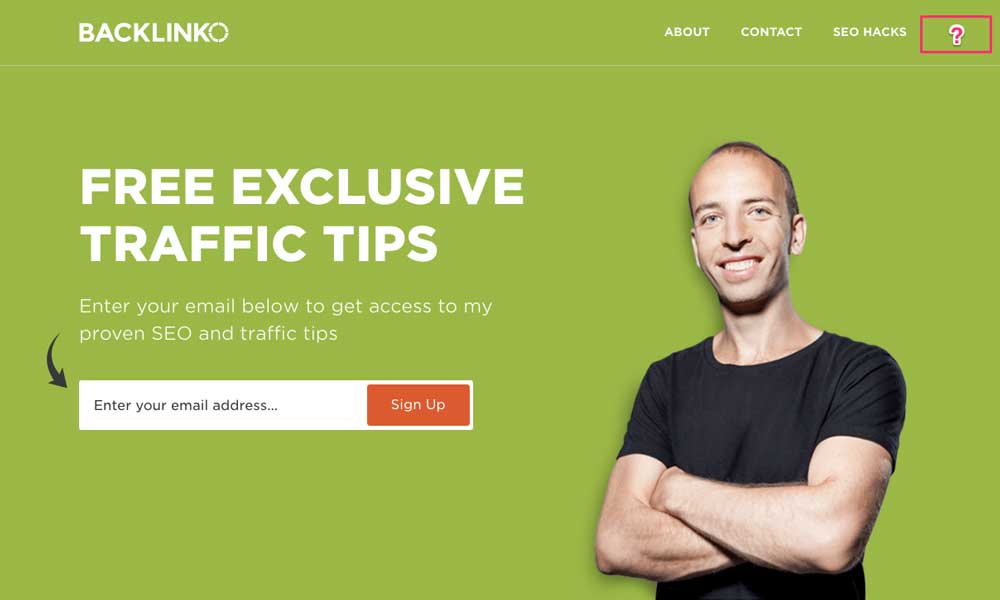
When it comes to colour on your website, less is usually more.
You want to limit yourself to having at most three different colours on the site, and they should be colours that compliment each other.
For example, including red and pink will probably create an eyesore.
Web design experts also agree that too much colour requires more resources of the human brain, this can create a subconscious cue for your visitors to leave the page.
Don’t overwhelm your visitors and try to keep your colour schemes straightforward and easy to read.
5 – Clear Call to Actions
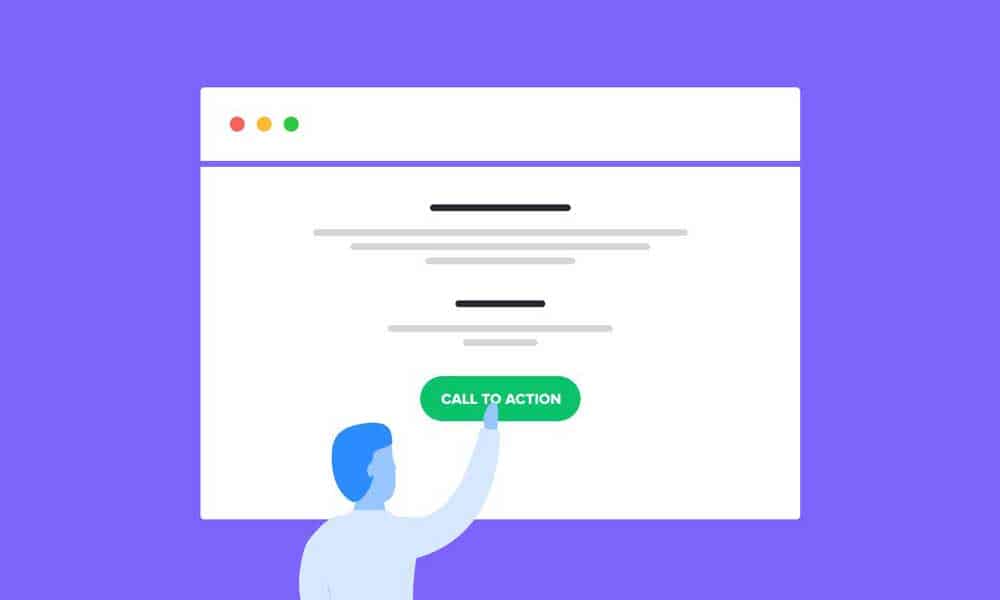
This is perhaps one of the most critical aspects of marketing-friendly website design.
If you can get this right, it will do a wonder for your conversion rates.
Call to actions are important because they allow your customer to do business with you.
Many business owners think that it’s “too pushy” to include CTA’s when in reality, the visitor not only wants but needs them to take action on your site.
Many content marketers make the crucial mistake of driving traffic to their website and not including themselves as a solution to whatever problem they are helping the customer solve in the content.
The amount of revenue you lose out on without a call to action would make a drastic difference in your business.
When it comes to the call to actions, you want to make sure they are in a clear place and at pivotal points.
The homepage must have one above the fold and at the end.
If the traffic is being driven to a piece of content, it must be within visible reach as they are reading, and at the end.
If it is a landing page, above the fold on either side is the best place to put it.
6 – Sales Page Flow
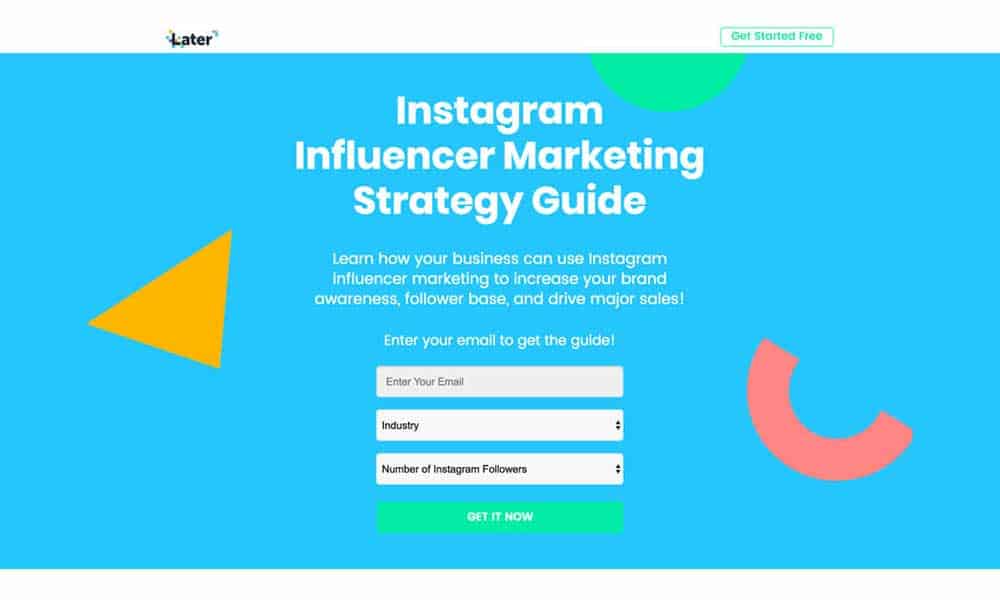
Having a call to action without any backing might hurt you.
Make sure your designed pages follow the psychology of a sales call.
Teach the customer about solutions to their problems before pitching yourself, and make sure they leave with all the answers they need.
The last thing you want is for them to trigger a bunch of search ideas and leave your site.
Think of any rebuttal they may have to your statements, and include the responses within them.
7 – Avoid Too Much Motion
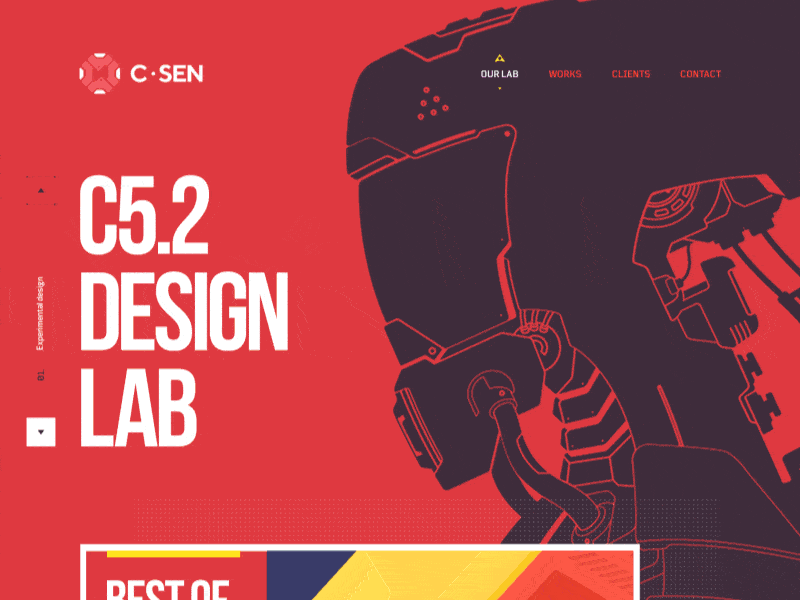
There have been many case studies done, and many conversion experts agree that moving objects on websites kill conversions.
Things like sliders historically convert terribly, and you should avoid them on your site at all costs.
Motion tends to distract users and get them away from the primary goal.
The website should be tailored around getting them to take action rather than distracting them away from it.
8 – Builds Trust
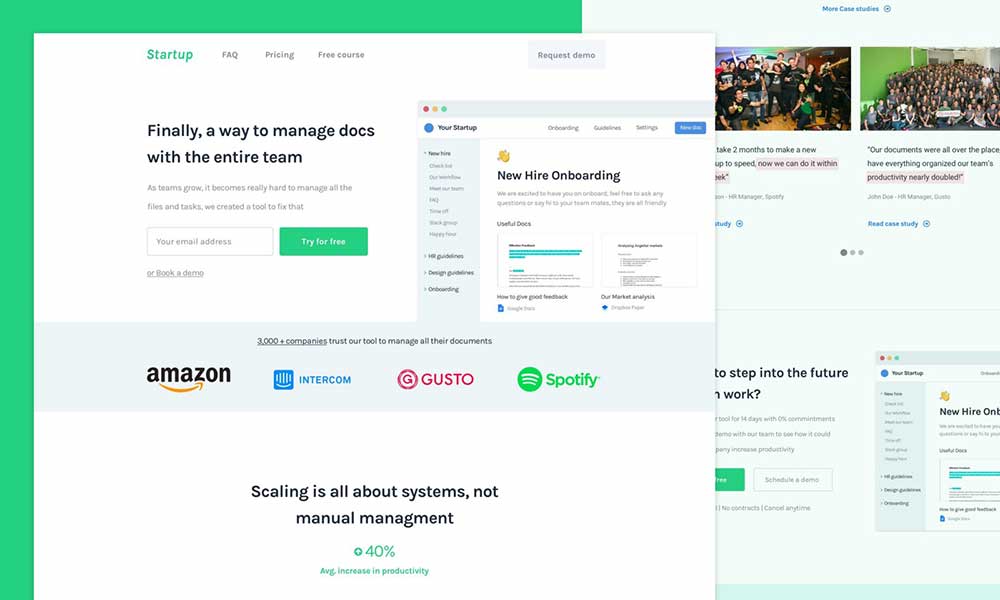
When customers trust you, they are more likely to do business with you.
Your website must evoke a sense of trust if it is to be marketing friendly.
There are a few ways to accomplish this, outside of all the factors mentioned above.
The first is you want to make sure your website is secure.
This will help protect yourself, your visitors, and earn you trust to know that they can interact with the site safely.
The way to do this is to get an SSL certificate and redirect the URLs to HTTPS:// rather than the standard HTTP://.
Another thing you want to do is to display trust logos.
Whether its an organisation, certification or security approval, include these logos on your site.
According to Tim Ash, author of Landing Page Optimization, they work wonders.
9 – Search Engine Optimised

One thing a marketing-friendly website should always be is optimised for search.
This helps you gain organic traffic and when done right, will provide a high ROI on your efforts.
While there are many aspects to SEO, here I will focus on purely the things you can control with design.
The first thing you want to do is to make sure that your code is clean and all your designs run fast.
Speed is a significant factor for both search and conversions; you want to make sure your site loads faster than your competitors for your target keywords.
Another thing you want to do is ensure that your website is mobile responsive.
Most of the traffic coming from search in 2019 has been mobile, and that will continue to be a trend upward.
Just like most things SEO, what’s right for your users is good for search. It is a must that your website is mobile responsive.
10 – Remember Hick’s Law
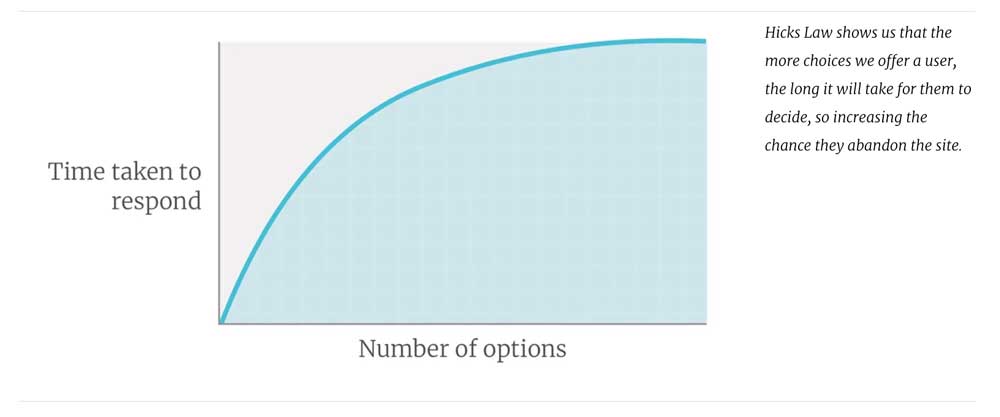
When it comes to marketing-friendly website design, Hick’s law is perhaps the most important.
It states that the more options a person has, the longer it will take them to make a decision.
Keep this in mind as you design your site and keep the options limited for your users to guide them to action.
Keeping it simple is always the best bet. Implement these marketing-friendly website design tips and enjoy the results!
Author Bio: Sean Dudayev is the Founder of Frootful Marketing, who is passionate about all things related to business growth. After selling his first company, he chose to take what he’s learned and help other entrepreneurs scale their start-ups to the next level.
The post 10 Key Elements of a Marketing-Friendly Website is by Stuart and appeared first on Inkbot Design.


